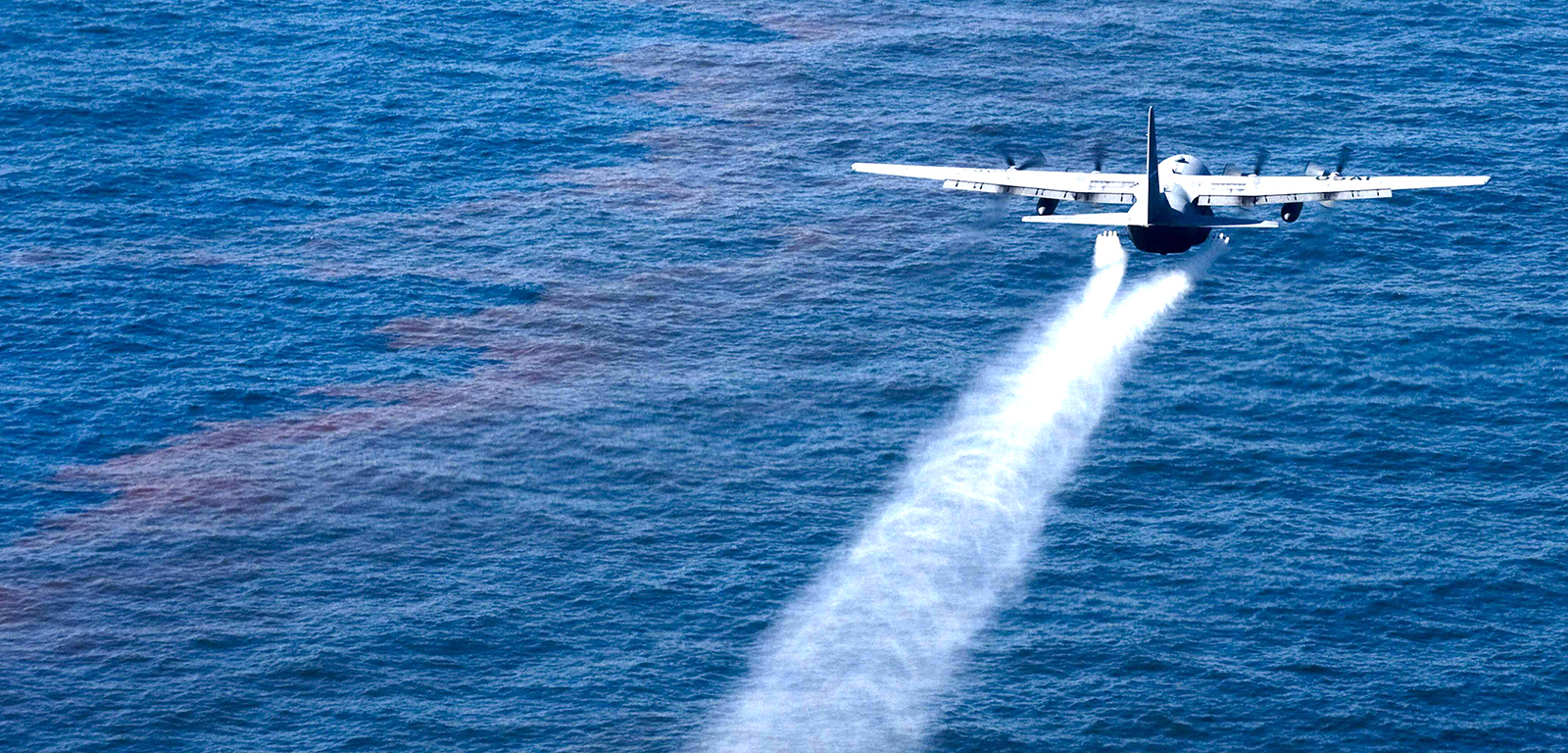The researchers working within this theme strive to identify and measure oil-derived compounds and dispersants in sediments and water column from the Gulf of Mexico. They want to determine how those compounds are changing in space (with distance from the Macondo wellhead) and in time (through the years after the blowout). One major challenge is understanding the long-term impacts of the 2010 Deepwater Horizon accident in the Gulf, which was not only massive but was also unprecedented in its release of oil into the water column at a depth of approximately 1500 meters and involved the use of oil dispersant (e.g., Corexit 9500) directly at the wellhead. Much of what happens to chemically dispersed oil at sea remains a mystery, especially in deep waters.
This theme aims to address components of the following ECOGIG research area:
Measure how hydrocarbons (oil & gas) are incorporated into marine oil snow and evaluate its formation, dynamics and fate in the Gulf by:
1. measuring the response of natural biological communities (microorganisms, infauna, corals) to exposure to oil, dispersant, and oil-dispersant mixtures
2. characterizing the degradation products, pathways and kinetics of Corexit breakdown; and
3. continuing to track the fate and impacts of dispersants and sedimented oil in seabed ecosystems.
Our researchers are comparing impacted (by the 2010 Deepwater Horizon accident) and non-impacted areas through collections conducted during several cruises to the Gulf. The findings are being analyzed alongside the results from other ECOGIG members such as microbiologists and biogeochemists in order to better understand the consequences of the spill to the Gulf and contribute to informed responses to similar disasters in the marine environment.
Team Members
Publications
2021
2020
2019
2018
2017
2016
2015
2014
2013
2012
2011
Research Themes
Research OverviewBiogeochemical Studies
Energetics & Ecosystem Modeling
Hydrocarbon & Dispersant Chemistry
Megafaunal (Coral) Ecology, Genetics & Proteomics
Microbial Community Dynamics
Observation & Remote Sensing
Plankton & Water Column Dynamics
Sedimentation & Resuspension Dynamics


















 back to top
back to top